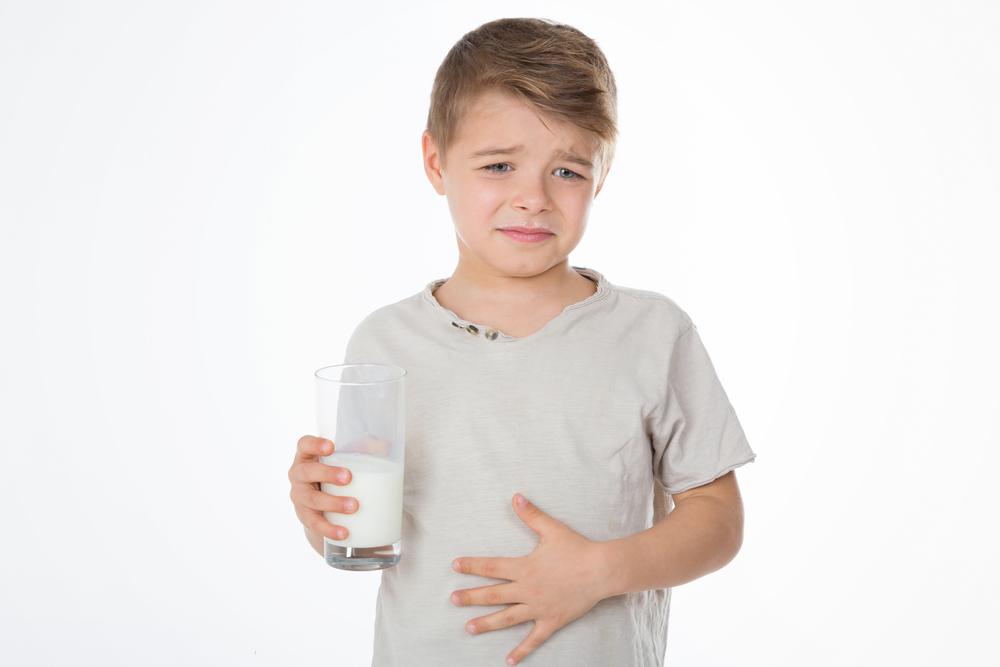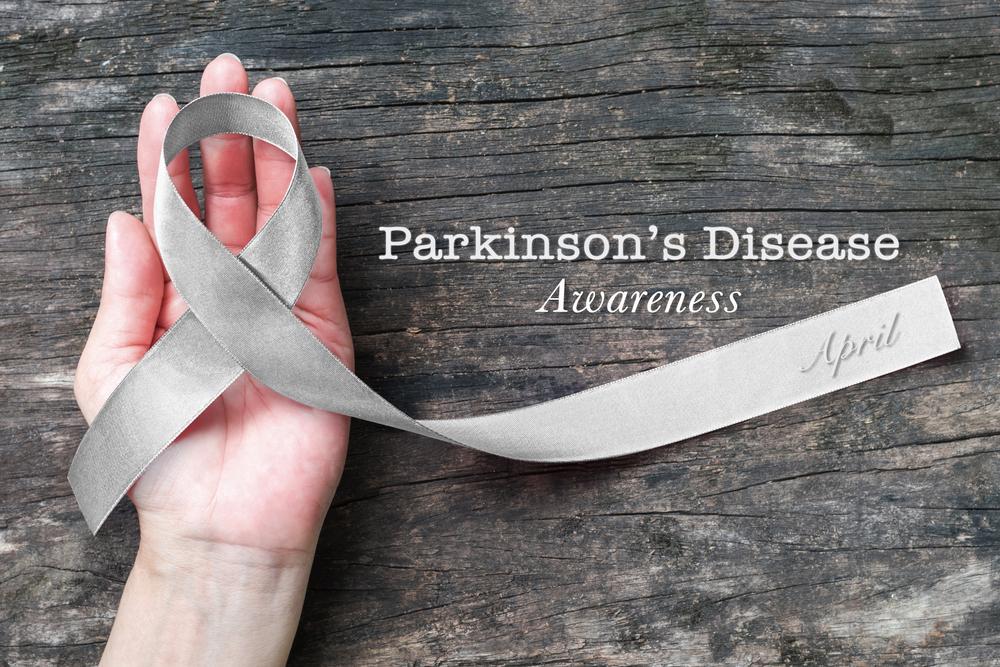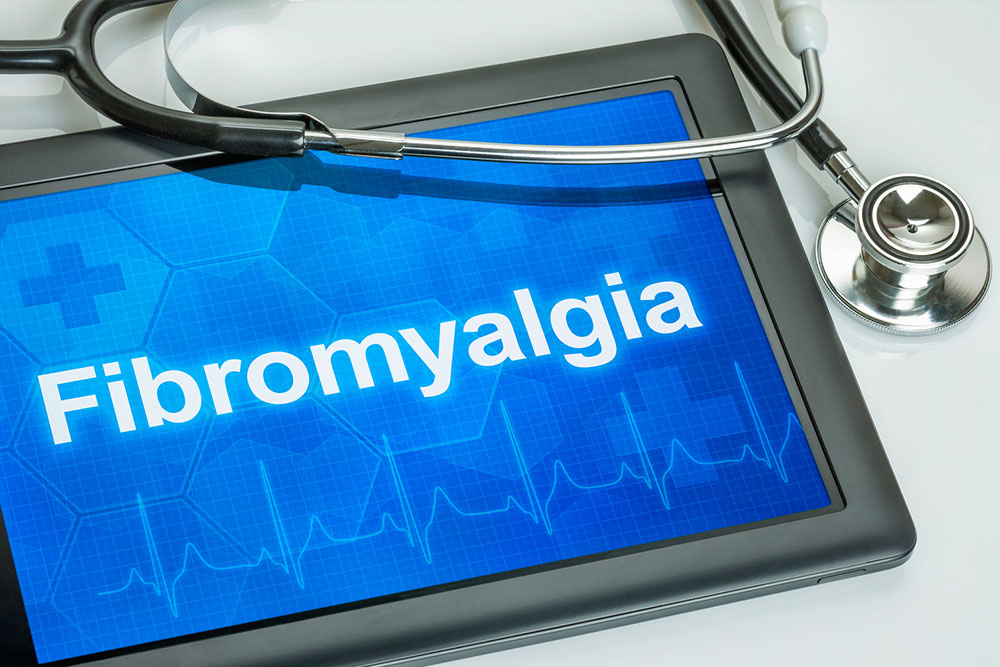Comprehensive Guide to Recognizing and Managing Food Allergies in Children
This comprehensive guide explains how to identify, diagnose, and manage food allergies in children. It covers common allergens, symptoms like skin rashes and respiratory issues, and diagnostic methods such as skin prick and blood tests. Early detection and proper management, including avoidance of trigger foods and emergency preparedness, are key to safeguarding children's health. The article emphasizes the importance of awareness among parents and medical practitioners to prevent severe allergic reactions, including anaphylaxis, in young children. Expert advice helps parents take proactive steps for their child's well-being.

Understanding Food Allergies in Children: Signs, Causes, and Solutions
Food allergies can pose serious health risks for children, manifesting through a variety of symptoms that can vary in severity. Recognizing the early signs is crucial for prompt management and treatment. An estimated 8% of children under the age of three are affected by food allergies, highlighting the importance of awareness among parents, caregivers, and healthcare providers.
Common Food Allergens in Children:
Peanuts
Milk and dairy products
Eggs
Tree nuts such as walnuts, almonds, hazelnuts
Shellfish and fish
Wheat and gluten-containing grains
Soy
Children with food allergies may exhibit immediate or delayed reactions. Symptoms can manifest as gastrointestinal issues, skin reactions, respiratory problems, or even severe anaphylactic responses. Early detection allows for effective management strategies to prevent life-threatening complications.
Recognizing Food Allergy Symptoms in Young Children:
Swelling around the eyes, lips, or face
Hives or skin rashes appearing near the face or body
Itching sensation in the mouth or throat
Throat tightness or irritation
Gastrointestinal issues such as nausea, vomiting, or diarrhea
Runny nose, sneezing, or nasal congestion
Difficulty breathing or wheezing
Drop in blood pressure, dizziness, or fainting
Potential for anaphylactic shock, a medical emergency requiring immediate attention
Signs of Allergic Reactions in Babies: Typically, rashes are among the earliest visible indicators of food allergies. These can present as hives—raised, itchy, red or white welts of various sizes—or eczema-like patches, especially after consuming dairy or wheat. These skin reactions often cluster around the face or mouth, causing significant discomfort for the infant.
Blood tests play a vital role in diagnosing food allergies. Skin prick testing involves exposing a small area of skin to specific allergens to observe for immediate reactions such as swelling or redness. Blood tests like the Radioallergosorbent Test (RAST) measure allergen-specific IgE antibodies, providing additional insights. The mainstay of management includes strict avoidance of the identified allergenic food and vigilant monitoring for reactions. In cases of severe allergic responses, epinephrine auto-injectors are essential safety tools. Furthermore, dietary modifications during breastfeeding—such as the mother avoiding potential allergens—can help reduce the risk of allergy development in the infant.





